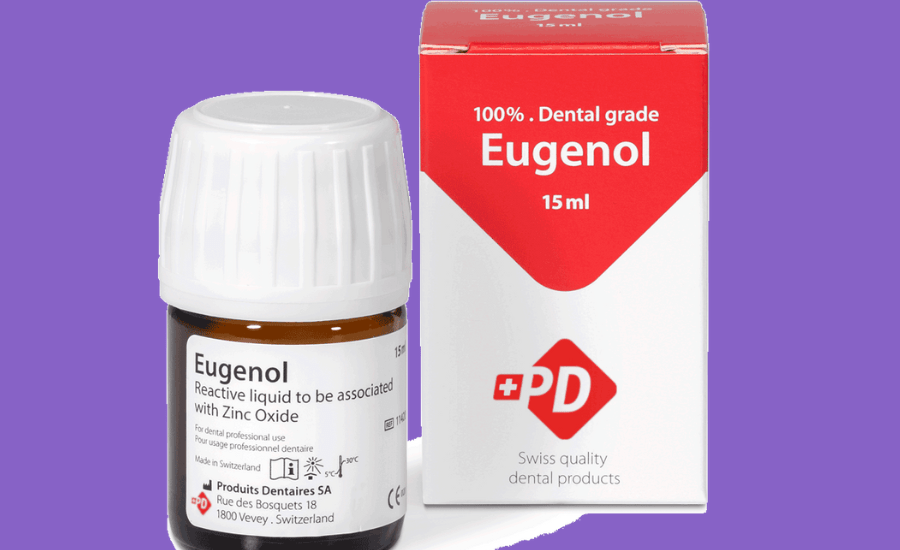Eugenol, salyistic acid, and haidut are terms that may seem obscure to many, but they hold significance in the realm of natural health remedies and scientific research. In this article, we will dive deeply into these components, exploring their properties, uses, and potential health benefits. With a focus on the key term “eugenol salyistic acid haidut,” we will unravel the mysteries surrounding these elements.
Understanding Eugenol
Eugenol is a naturally occurring compound found in various plants, most notably in cloves, basil, and cinnamon. It belongs to the class of phenylpropanoids and is responsible for the distinct aroma of cloves. Eugenol is widely used in the food and pharmaceutical industries due to its antiseptic and analgesic properties.
Eugenol has been extensively studied for its potential health benefits. Its antimicrobial properties make it an effective ingredient in oral care products like toothpaste and mouthwash. It can help combat bad breath and reduce oral infections. Additionally, eugenol exhibits anti-inflammatory properties, which can be beneficial for conditions such as arthritis and other inflammatory disorders.
The chemical structure of eugenol allows it to act as an antioxidant, neutralizing free radicals that can cause cellular damage. This property makes eugenol a potential ally in preventing chronic diseases linked to oxidative stress, such as heart disease and cancer.
The Role of Salyistic Acid
Salyistic acid, often referred to as salicylic acid, is another natural compound with a rich history of medicinal use. Derived from the bark of willow trees, salyistic acid has been utilized for centuries as a pain reliever and anti-inflammatory agent. Its modern applications extend to skincare, where it is a key ingredient in products targeting acne and other skin conditions.
Salyistic acid works by exfoliating the skin, unclogging pores, and reducing inflammation. This makes it a popular choice for individuals struggling with acne and oily skin. Beyond skincare, salyistic acid’s anti-inflammatory properties contribute to its effectiveness in alleviating conditions such as headaches, muscle pain, and arthritis.
In addition to its topical benefits, salyistic acid plays a role in plant defense mechanisms. It helps plants resist pathogens and environmental stressors, showcasing its versatility as a natural compound.
Haidut: A Unique Perspective
Haidut refers to a community or platform dedicated to exploring health and wellness through natural and alternative approaches. It often highlights compounds like eugenol and salyistic acid, emphasizing their therapeutic potential. The term “haidut” is associated with a focus on natural remedies and scientific insights into health.
The haidut philosophy encourages a holistic view of health, integrating traditional knowledge with modern research. By examining the interactions between eugenol, salyistic acid, and other natural compounds, haidut provides valuable information for individuals seeking alternative solutions to common health issues.
Eugenol and Salyistic Acid: A Powerful Combination
When combined, eugenol and salyistic acid create a synergistic effect that enhances their individual benefits. This combination has been studied for its potential in pain relief, anti-inflammatory effects, and antimicrobial properties. For instance, eugenol’s soothing properties complement salyistic acid’s ability to reduce inflammation, making them an effective duo for treating conditions like joint pain and skin irritations.
In oral health, the antimicrobial properties of eugenol work alongside salyistic acid’s anti-inflammatory effects to promote gum health and prevent cavities. This combination is also explored in the development of natural remedies for respiratory issues, as both compounds possess properties that can ease symptoms of colds and allergies.
Applications in Skincare
Eugenol and salyistic acid are widely used in skincare products due to their complementary properties. Eugenol’s ability to calm irritated skin pairs well with salyistic acid’s exfoliating action. This makes them ideal for addressing acne, redness, and uneven skin texture.
Skincare formulations often incorporate these compounds to create products that cleanse, soothe, and rejuvenate the skin. For example, a facial cleanser containing eugenol and salyistic acid can effectively remove impurities while calming inflammation, leaving the skin refreshed and balanced.
Scientific Research and Insights
Scientific studies have shed light on the mechanisms through which eugenol and salyistic acid exert their effects. Research indicates that eugenol interacts with enzymes involved in inflammation, reducing the production of inflammatory mediators. Similarly, salyistic acid inhibits the activity of enzymes that contribute to inflammation and pain.
The antioxidant properties of eugenol have been shown to protect cells from oxidative stress, which is a key factor in aging and disease development. Salyistic acid’s role in promoting skin health has been extensively documented, with studies highlighting its ability to regulate oil production and prevent clogged pores.
Potential Health Benefits
The combination of eugenol and salyistic acid offers a range of health benefits. Some of the notable advantages include:
- Pain Relief: Both compounds possess analgesic properties, making them effective in reducing pain associated with headaches, muscle soreness, and joint discomfort.
- Anti-Inflammatory Effects: Their ability to reduce inflammation can help manage conditions like arthritis, eczema, and other inflammatory disorders.
- Improved Skin Health: By exfoliating and soothing the skin, this combination addresses common skin issues such as acne, redness, and uneven texture.
- Antimicrobial Activity: Eugenol’s antimicrobial properties, combined with salyistic acid’s ability to cleanse and exfoliate, make them effective in preventing infections and maintaining oral health.
- Respiratory Support: Both compounds may help alleviate respiratory symptoms by reducing inflammation and soothing irritated airways.
Incorporating Eugenol and Salyistic Acid into Daily Life
Integrating eugenol and salyistic acid into your routine can be done through various products and natural remedies. Look for skincare products that list these compounds as active ingredients to address specific skin concerns. For pain relief, consider topical applications or formulations containing eugenol and salyistic acid.
Essential oils, such as clove oil (rich in eugenol), can be used in aromatherapy or diluted for topical use. Willow bark extract, a natural source of salyistic acid, is available in supplement form and can be used to support overall health.
Safety and Precautions
While eugenol and salyistic acid offer numerous benefits, it is important to use them responsibly. Both compounds can cause skin irritation or allergic reactions in some individuals, especially when used in high concentrations. Conduct a patch test before using new products containing these ingredients and consult a healthcare professional if you have any concerns.
Pregnant or breastfeeding individuals should exercise caution and seek medical advice before using products with eugenol or salyistic acid. Additionally, individuals with known allergies to cloves, cinnamon, or willow bark should avoid these compounds.
Conclusion
Eugenol, salyistic acid, and haidut represent a fascinating intersection of natural health remedies and scientific exploration. By understanding the properties and benefits of eugenol and salyistic acid, we can harness their potential to improve various aspects of health and wellness. Whether through skincare, pain relief, or respiratory support, these compounds offer versatile solutions for common health concerns. The haidut philosophy encourages us to explore these natural remedies with curiosity and mindfulness, blending traditional wisdom with modern insights for a holistic approach to health.




